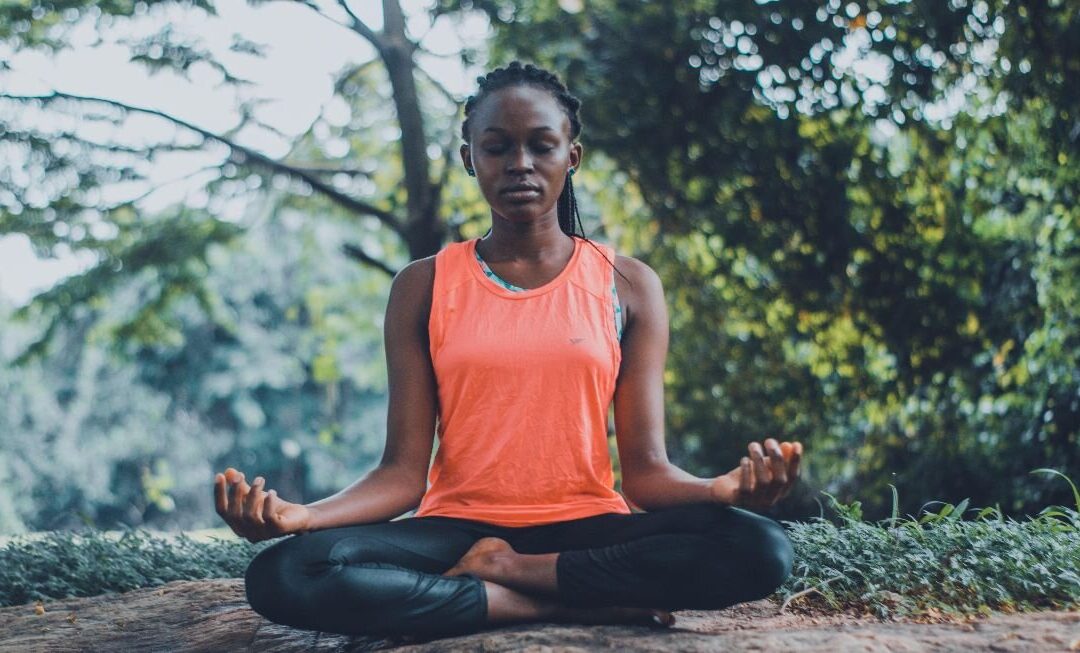Multitasking. We all experience doing two or three things simultaneously like talking on the phone while we drive, watch the kids and fold laundry while listening to the TV, and texting on our phones and carrying on a conversation at the same time. Our days consist of trying to be the most productive at accomplishing tasks and building relationships at the same time.
It can be exhausting and cause us to feel out of touch with being present resulting in a lack of joy. Multitasking doesn’t allow us to acknowledge how we are doing emotionally, mentally, and physically but instead rushes to end the day by falling into bed.
A recent Harvard Health article defines mindfulness as “the practice of purposely focusing your attention on the present moment—and accepting it without judgment. Mindfulness is now being examined scientifically and has been found to be a key element in stress reduction and overall
Happiness.” Many experts believe that mindfulness helps to accept experiences, especially painful emotions, instead of reacting to experiences in a negative way or simply avoiding them.
The benefits of mindfulness meditation, even for 20 minutes, is astounding:
-
Improves well-being by being present and feeling satisfied with life.
-
Less worry about the future or regrets about the past.
-
Increase in self-esteem and deeper connections with others.
-
Physical improvements including lower blood pressure, reduce chronic pain, promotes better sleep, and alleviates gastrointestinal difficulties.
-
Mental health benefits that relieve depression, substance abuse, eating disorders, and anxiety disorders.
Practicing mindfulness can be exercised in many different ways, but the goal of any mindfulness technique is to achieve focused relaxation by paying close attention to thoughts and sensations without any judgment. This gives your mind space to refocus on the present moment. All mindfulness techniques are a form of meditation. Harvard Health describes the mindfulness technique as:
Basic mindfulness meditation. Sit quietly and focus on your natural breathing or on a word or “mantra” that you repeat silently. Allow thoughts to come and go without judgment and return to focus on your breathing or mantra.
Body sensations. Notice subtle body sensations such as an itch or tingling without judgment and let them pass. Notice each part of your body in succession from head to toe.
Sensory. Notice sights, sounds, smells, tastes and touch. Name them “sight,” “sound,” “smell,” “taste,” or “touch” without judgment and let them go.
Emotions. Allow emotions to be present without judgment. Practice a steady and relaxed naming of emotions: “joy,” “anger,” “frustration.” Accept the presence of the emotions without judgment and let them go.
Urge surfing. Cope with cravings (for addictive substances or behaviors) and allow them to pass. Notice how your body feels as the craving enters. Replace the wish for the craving to go away with the certain knowledge that it will subside.
There are many great resources for getting started with mindfulness meditation. The technique is actually pretty simple that you can learn on your own, listen to a guided meditation or join a group to keep you motivated. The more you practice, the better you’ll get and you’ll begin seeing many benefits.
For more reading on mindfulness meditation, visit https://www.health.harvard.edu/mind-and-mood/positive-psychology-harnessing-the-power-of-happiness-mindfulness-and-inner-strength.

